Second graders have spent the last couple weeks becoming force experts. They have learned that forces work in pairs and that if they are unbalanced, a structure can move. For example, if we add too much weight to a structure, the structure will start to cave in. It will need additional support from below to make the forces balanced. Or, if the wind is too strong coming from the right side of a structure, we'll need to pull the structure towards the left to prevent it from falling over.
With safety their number one priority, second graders are now beginning to test three bridge designs: beam bridges, arch bridges, and deep-beam bridges. Learning the criteria for a fair test, they are seeing how data can support decisions that civil engineers must make. Using everyday materials to set up models for these bridges, they are adding weights until each of the bridges fails.
With safety their number one priority, second graders are now beginning to test three bridge designs: beam bridges, arch bridges, and deep-beam bridges. Learning the criteria for a fair test, they are seeing how data can support decisions that civil engineers must make. Using everyday materials to set up models for these bridges, they are adding weights until each of the bridges fails.
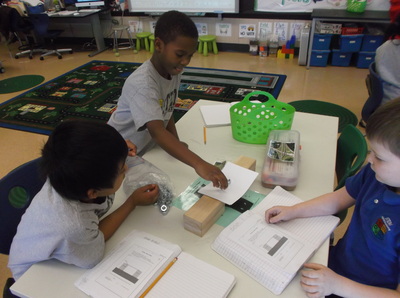
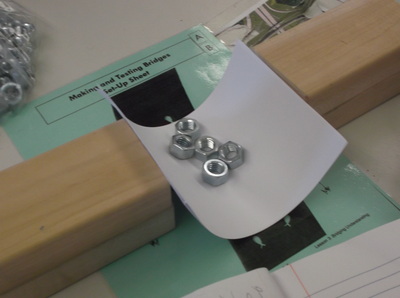
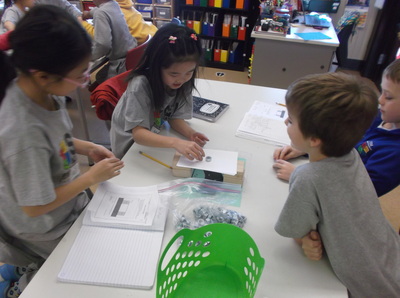
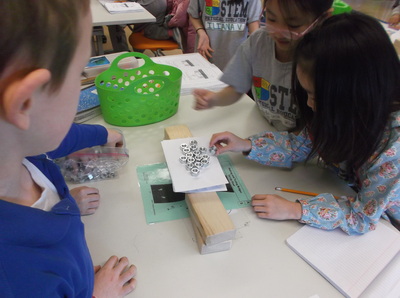
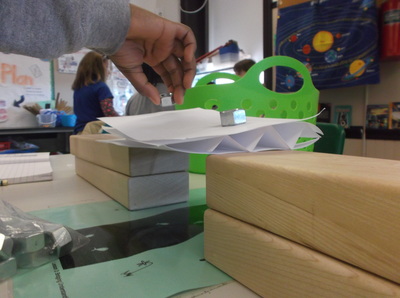
 RSS Feed
RSS Feed